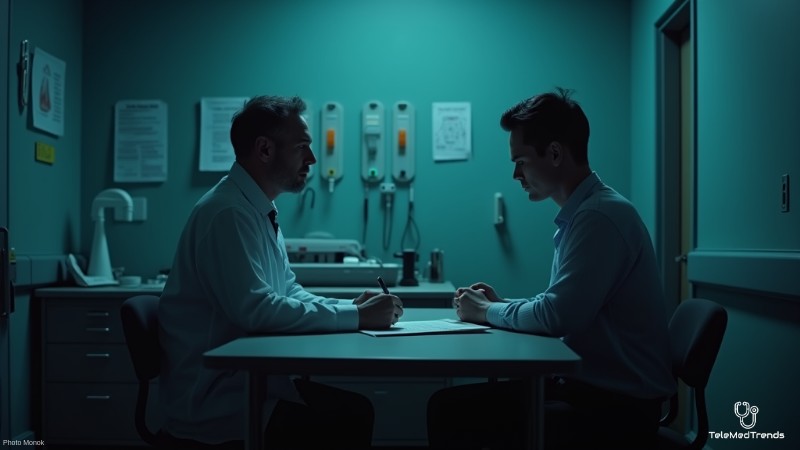Artificial intelligence has made impressive strides in healthcare, offering tools that can assist in diagnostics and patient management. However, AI chatbots continue to fall short when it comes to diagnosing patients through interactive remote consultations.
These limitations highlight the critical need for human expertise, even in a virtual care setting.
Key Takeaways
AI chatbots fall short in diagnosing patients through interactive remote consultations due to their inability to identify subtleties in patient communication.
- Human providers excel at asking the right follow-up questions to uncover crucial details, which AI chatbots often lack.
- Studies show that AI’s diagnostic accuracy during simulated consultations remains low compared to trained healthcare professionals.
- To provide effective remote care, healthcare systems must prioritize integrating AI in ways that support rather than replace human clinicians.
The complexity of patient conversations
In remote consultations, effective care requires more than just collecting symptoms. Patients may share incomplete, vague, or unrelated information, and human providers excel at asking the right follow-up questions to uncover crucial details. AI chatbots, while adept at retrieving and organizing medical data, often lack the ability to identify subtleties in patient communication or adapt dynamically during conversations.
AI’s diagnostic accuracy during simulated consultations remains low compared to trained healthcare professionals. Studies show that while chatbots can suggest potential diagnoses, their recommendations are often incomplete or incorrect due to their inability to prioritize critical over irrelevant information.
The human element in remote healthcare
Remote care relies on trust, empathy, and nuanced communication—qualities that AI chatbots cannot fully replicate. Patients benefit most when human providers lead the consultation, using AI as a supplementary tool for record-keeping or initial symptom triage. This collaborative approach ensures that remote consultations maintain the same high standard of care as in-person visits.
To provide effective remote care, healthcare systems must prioritize integrating AI in ways that support rather than replace human clinicians. Patients should always have access to qualified professionals who can guide decision-making and ensure accurate diagnoses, even in virtual settings.
The future of remote care lies in a balanced partnership between technology and human expertise, ensuring every patient receives safe, personalized, and reliable medical attention.






